| |

 Print
2017 Hajj In Numbers
9-19-2017
1- Makkah security center receives 64,000 reports a day
The 911 Unified Security Operations Center covering Makkah has been receiving more than 64,000 daily reports from the region and holy sites, mostly related to humanitarian services.. Its staff of 720 people receive reports around the clock, and speak six languages: Arabic, English, French, Farsi, Indonesian and Urdu.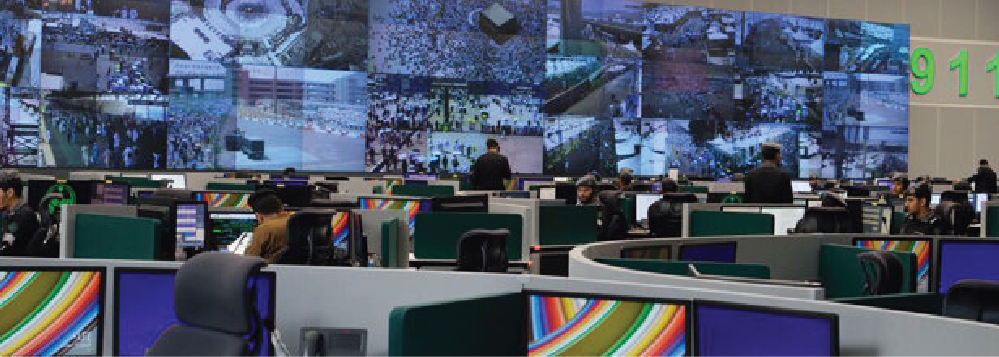
2- Saudi government installed 6,000 surveillance cameras for safety, security of Hajj pilgrims
The security and control command center for Hajj installed nearly 6,000 digital cameras to monitor the movement of pilgrims at the holy sites to ensure their safety, according to the head of the center. “2,000 cameras were installed in areas where the Grand Mosque has been expanded, while 3,906 cameras are located around the holy sites and roads leading to them.”
3- Women’s contribution: About 2,500 Saudi volunteers serve Hajj pilgrims
“The number of volunteers reached 2,500, which forms a huge motivation for the female volunteers,” Al-Rifai told Arab News.
4- Oldest Hajj pilgrim, Baiq Mariah, a 104-year-old woman from Indonesia, arrived in Jeddah on the first leg of her Hajj pilgrimage. She is the oldest among some 221,000 pilgrims from Indonesia this year.
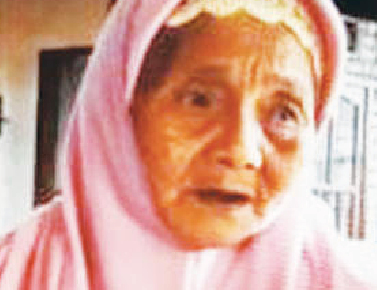 5- 9,000 Saudi officers to protect Hajj metro As many as 9,000 officers and soldiers will be assigned to protect the “Hajj metro” train service and passengers, a security chief said. 5- 9,000 Saudi officers to protect Hajj metro As many as 9,000 officers and soldiers will be assigned to protect the “Hajj metro” train service and passengers, a security chief said.
6- Makkah’s Jamarat facility to be cooled by 750 water-spray poles throughout Hajj -The project covers an area with a length of more than 10,000 meters with water-spray poles supplied through two main stations.
7- 29,000 medical practitioners serve Hajj pilgrims
The Health Ministry has deployed 29,000 medics and paramedics to serve local and foreign Hajj pilgrims this year. The ministry has 25 hospitals — in Arafat, Minah, Makkah, Madinah and King Abdullah Medical City — to serve pilgrims, as well as more than 155 seasonal primary health care centers.These facilities have 5,000 beds, including 500 for intensive-care units and 550 for emergencies, in addition to the Holy Mosque’s hospital for emergency cases. There are 100 mini-ambulances that will be spread out through the holy cities to transport the sick to the nearest hospitals.
8- Hajj terminal in Jeddah can handle 175,000 pilgrims at a time -The Hajj terminal in Jeddah can accommodate 175,000 pilgrims at a time — 91,000 at the arrival lounge and 84,000 in the departure lounge.
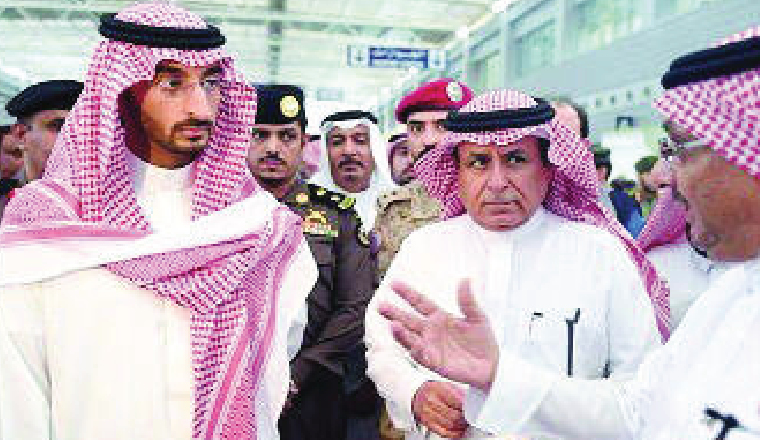 9- King Salman hosted 1,000 families of Egyptian martyrs performing Hajj 9- King Salman hosted 1,000 families of Egyptian martyrs performing Hajj
10- Private flights allocated for 1,000 Hajjis from families of killed Palestinians
11- Saudi Civil Defense says 17,000 personnel deployed to serve Hajj pilgrims -more than 17,000 highly trained personnel, supported by 3,000 advanced vehicles, to provide pilgrims with the highest levels of safety during Hajj.
12- 58 malaria cases registered among foreign pilgrims in Saudi Arabia -The Ministry of Health announced on Friday that 58 cases of malaria have been detected among pilgrims from eight countries.
13- Over 120,000 illegal pilgrims turned back from Makkah - Security forces turned back more than 120,000 people who were headed to Makkah without a Hajj permit, and seized 61,600 vehicles, as of Aug.
14- King Salman to cover cost of sacrificial animals for 5,000 pilgrims on Hajj program - Al-Mudlaj said the number of beneficiaries this Hajj season stands at 5,000, compared to 2,400 last year.
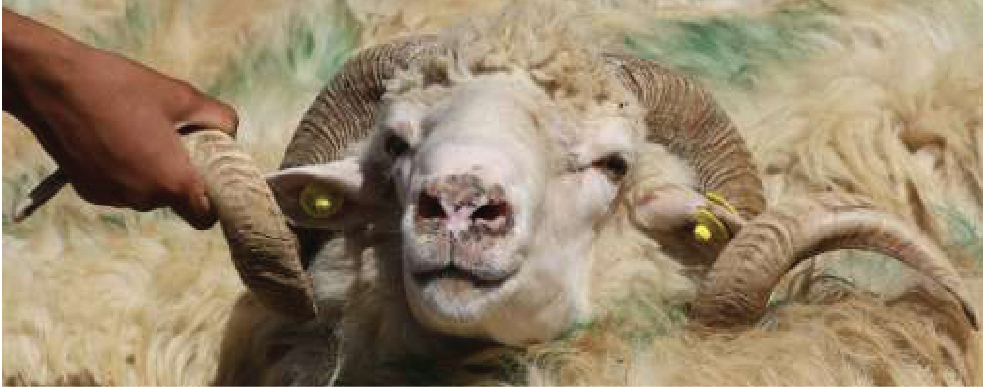 15- SR7,250,000 ($1,933,205) for Eid sacrifices in 47 countries -The Muslim World League (MWL), the international non-governmental Islamic organization engaged in the peaceful propagation of Islam, has allocated SR7,250,000 ($1,933,205) for this year’s sacrificial animal projects in several countries to help poor families celebrate Eid Al-Adha. “The MWL is preparing, through the International Islamic Relief Organization (IIROSA), for its annual project of sacrificial meat for the year 1438H in 47 countries from Asia, Africa and Europe… benefiting more than 130,000 poor families, while the number of beneficiaries stands at 420,000,” said IIRO Secretary-General Hassan Shaabar in a statement. 15- SR7,250,000 ($1,933,205) for Eid sacrifices in 47 countries -The Muslim World League (MWL), the international non-governmental Islamic organization engaged in the peaceful propagation of Islam, has allocated SR7,250,000 ($1,933,205) for this year’s sacrificial animal projects in several countries to help poor families celebrate Eid Al-Adha. “The MWL is preparing, through the International Islamic Relief Organization (IIROSA), for its annual project of sacrificial meat for the year 1438H in 47 countries from Asia, Africa and Europe… benefiting more than 130,000 poor families, while the number of beneficiaries stands at 420,000,” said IIRO Secretary-General Hassan Shaabar in a statement.
16- Over 16,000 units of blood, products ready for Hajj pilgrims’ treatment: Saudi health ministry - According to the Ministry of Health, more than 16,000 units of blood and blood products are available to treat Hajj pilgrims in the holy cities. Seventeen regions and governorates, and 27 partners from the public, private and military sectors have exerted efforts to collect the 16,000 units of blood. Two cars and five teams have been deployed to facilitate the blood donation process, in addition to ambulances, equipped with blood-transfusion equipment, which can respond to emergency cases.
17- 1,400 surgeries performed by Saudi Health Ministry hospitals for Hajj pilgrims -The number of pilgrims who went to emergency rooms reached 11,837, while 17,974 went to clinics. Some 1,400 surgeries for Hajj pilgrims have been performed so far this month by Health Ministry hospitals in Makkah and Madinah, the ministry said, adding that its hospitals offer various specialized services.
Up until Wednesday, 147 cardiac catheterizations, seven open heart surgeries, 901 renal dialysis and 42 endoscopic procedures were performed.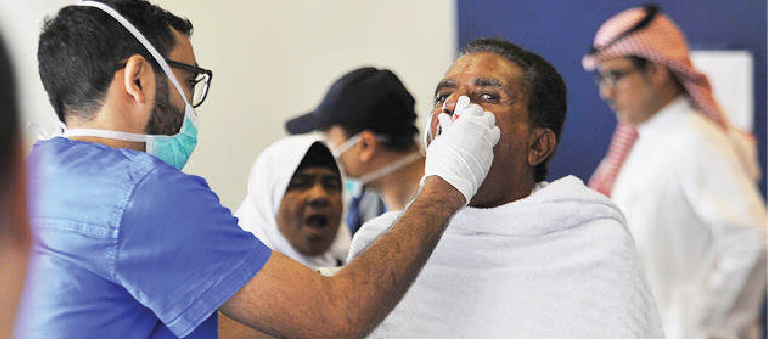
18- Over 7,000 volunteers serve Hajj pilgrims at Jeddah airport - More than 7,000 men from government and national sectors are volunteering to serve pilgrims once they arrive at King Abdul Aziz International Airport in Jeddah.
19- 700 Saudi chefs ready to cater for pilgrims during Hajj - Shaker Al-Harthi, the head of the National Committee for Food and Nutrition, told Arab News that more than 700 Saudi chefs will be ready to meet the pilgrims’ needs for food, regardless of their nationalities.
20- Pilgrim numbers up 24% over last year. 800,000 more pilgrims due this year after Makkah grand mosque expansion
21- More than 2,600 employees work in Tawafa establishments in 497 offices, serving pilgrims from 162 countries.
22- Here’s the Hajj in numbers:
a. 184,000 pilgrims from Pakistan
b. 170,000 pilgrims from India
c. 127,000 pilgrims from Bangladesh
d. 90,000 pilgrims from Turkey
e. 41,200 pilgrims from Malaysia
f. 23,500 pilgrims from Russia
g. 12,700 pilgrims from China
h. 6,000 pilgrims from the Philippines
i. 3,500 pilgrims from South Africa
23- During Hajj, more than 2.64 million meals are distributed daily
24- Pilgrims cast about 98 million pebbles at the devil
25- 1.16 million square meters (12.5 million square feet) is the size of the Grand Mosque that houses Islam’s holiest site.
26- 3,500 is the number of charter buses used to transport pilgrims to the various sites for hajj.
27- 100,000 is the number of Saudi security forces tasked with protecting and assisting pilgrims on the hajj.
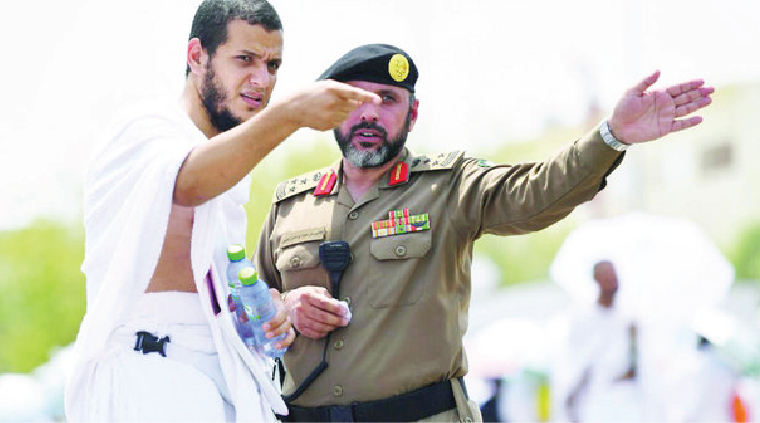
28- 600,000 is the number of pilgrims from Saudi Arabia, either residents or citizens.
29- 1.33 million is the number of male pilgrims. 1.02 million is the number of female pilgrims.
30- 59 percent are from non-Arab Asian countries.
a. 24 percent are from Arab countries.
b. 11 percent are from non-Arab African countries.
c. 5 percent are from Europe.
d. 1 percent are from North America.
Footnotes:
|